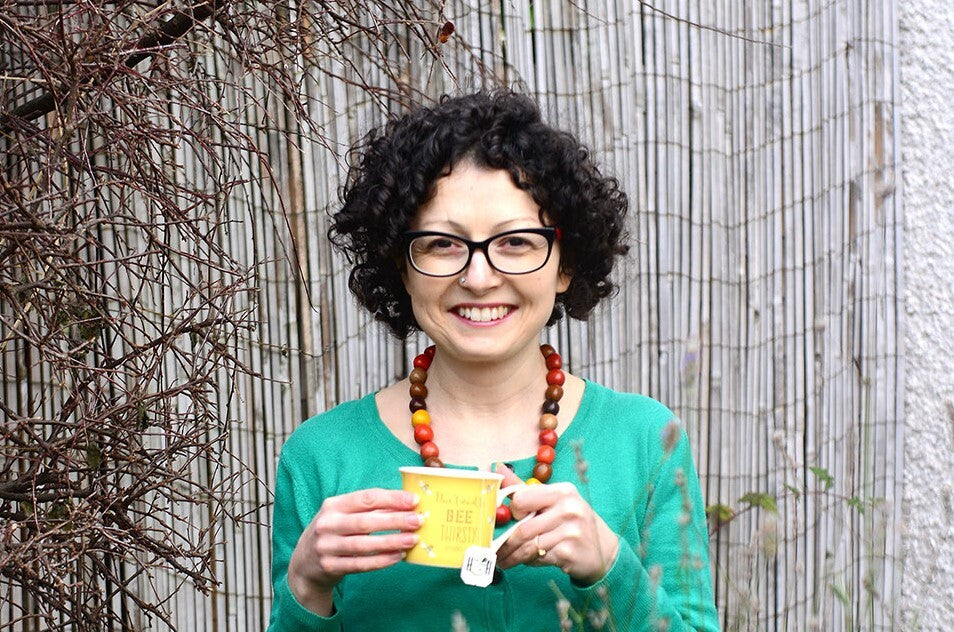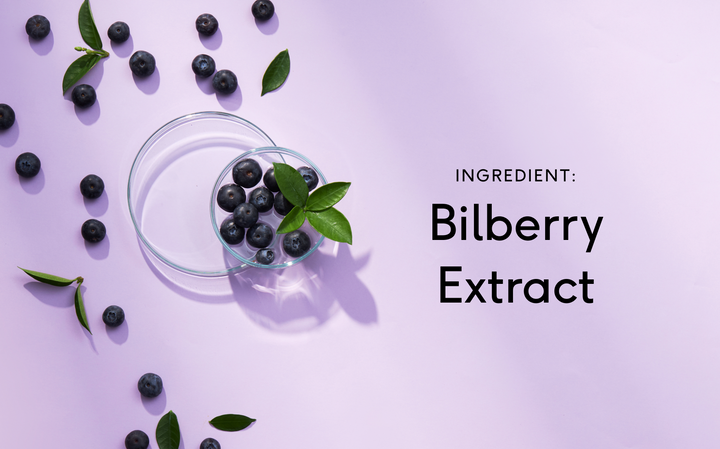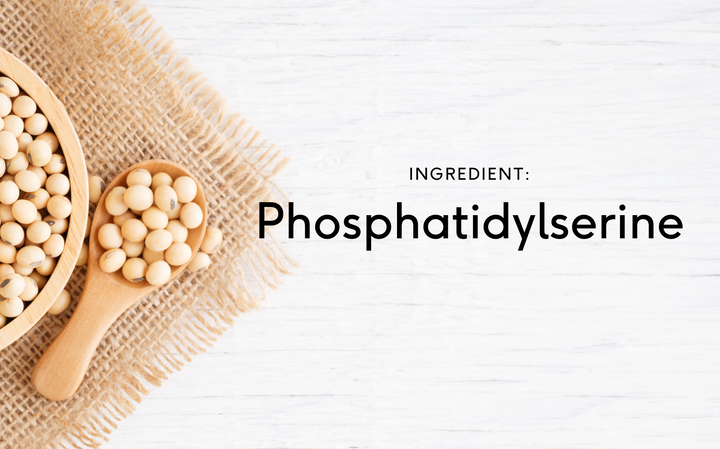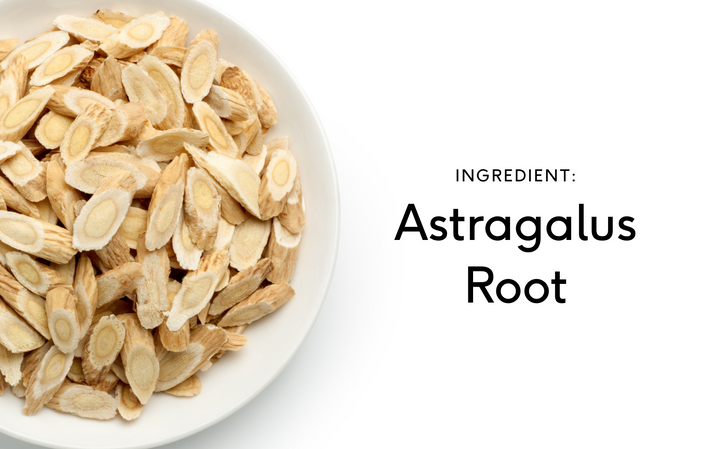What are Prebiotics and Acacia Fibre?
Sarah is a Clinical Nutritionist who holds a degree in Nutritional Medicine. She focuses on the gut-brain connection and its influence on mental health and brain-based disorders.
Sarah is a Clinical Nutritionist who holds a degree in Nutritional Medicine. She focuses on the gut-brain connection and its influence on mental health and brain-based disorders.
Table of contents
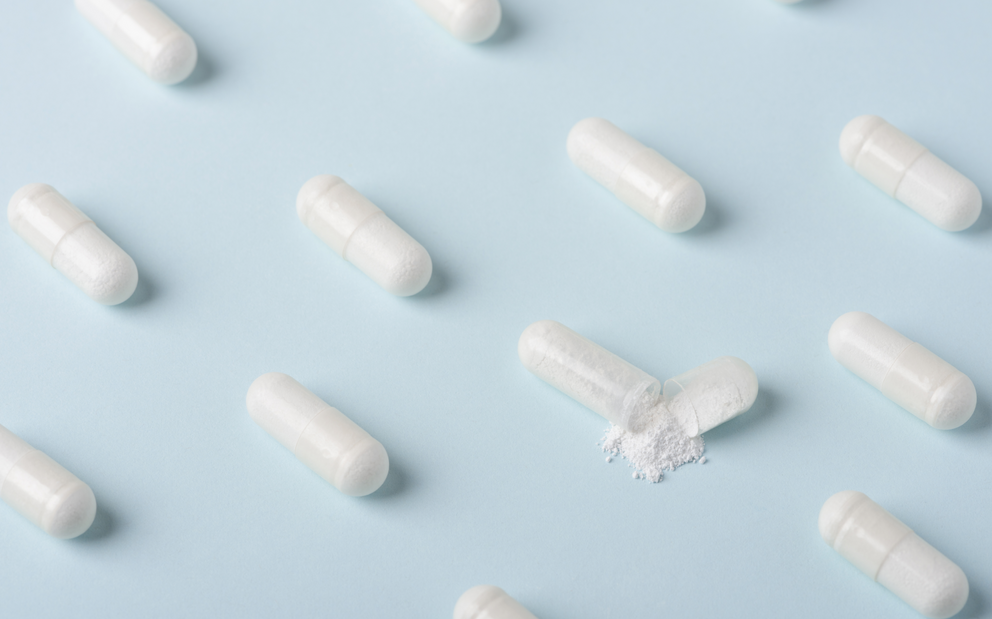
You've probably heard that our guts are resident to trillions of microscopic bacteria, which we commonly call our "good" bacteria because they are beneficial to our health. As well as keeping our digestive systems in good condition, our good bacteria help us in lots of other ways; they play a role in immunity, regulating inflammation and even our mood. A popular way to increase the number of good gut bacteria is by taking a probiotic supplement. Probiotic is another name for live microorganisms, such as bacteria and yeasts, so by taking a supplement you are helping to increase the colonisation of these little helpers in your gut. But did you know, another way you can up your good bacteria is through the consumption of prebiotics?
1. What are prebiotics?
Prebiotics are a type of fibre. Fibre is the part of a plant that we eat but can't digest, because humans lack the enzyme needed for its digestion. Instead, it is fermented in the gut and eaten by our colony of good bacteria. However, not all fibre is considered a prebiotic as not all fibre is fermented. We need to ensure we eat the right types of fibre to obtain the prebiotic benefits. By feeding our gut bacteria with prebiotics, they will grow and increase in numbers. Prebiotics can be seen as “fertiliser” for the gut: we fertilise our gut bacteria to help it flourish, just as you might fertilise your garden to help the flowers grow.
2. What foods contain prebiotics?
Generally, any high-fibre foods will be beneficial to our gut bacteria. That's most plant foods like vegetables, fruits, legumes, and grains. But there are specific types of fibres that are particularly good prebiotics. One of these is a type of fibre called inulin, which can be found in many plant foods like onions, leeks, garlic, artichokes, bananas, and oats1. It's also found in chicory root2, which can be used to make a naturally caffeine-free coffee substitute and one of the richest sources of inulin. Other foods found to have a prebiotic effect include mushrooms3, seaweed4, and even cocoa5, which might sound like good news for chocolate lovers but unfortunately, sugar negatively affects the health of our gut bacteria6, so chocolaty treats won’t help!
3. How do I increase the intake of gut-loving foods?
We are advised to eat around 30 grams of fibre per day, but the average British adult eats just 18 grams7.
Some tips for increasing your fibre and prebiotic intake include:
- Include vegetables with every meal: ideally they should make up half your plate.
- Include onions, leeks and garlic to cooking to add flavour as well as a great source of prebiotics.
- Try having oats for breakfast, as either overnight oats or porridge. Adding flaxseed, nuts and other seeds will increase fibre as well as provide a source of protein and healthy fats.
- Replace meat in your favourite recipes with legumes like lentils, beans, or chickpeas, to boost your fibre, while keeping in some protein.
- Switch white pasta and bread for wholegrains like brown rice, quinoa, barley, or buckwheat.
4. What about the best prebiotics?
Levels of prebiotics in foods tend to be low1 and some people may benefit from supplementing with probiotics and/or prebiotics. The most common supplemental prebiotics are Fructooligosaccharides, Galactooligosaccharides and inulin (sometimes listed as chicory fibre)8.
Feel’s Daily Biotic can be categorised as a ‘synbiotic’ as it contains a prebiotic in the form of Acacia Fibre, as well as 14 different strains of probiotics.
5. What is Acacia Fibre?
Acacia fibre, also known as acacia gum or gum arabic, is a gum that oozes from the trunk and branches of the Acacia Senegal tree which grows across the Sahelian belt of Africa9. It has been used traditionally in Africa to improve intestinal transit time and relieve digestive discomfort10 and is gaining in popularity as a prebiotic supplement. Studies show that Acacia Fibre has benefits over other prebiotics. One study found that consumption of Acacia Fibre increased the numbers of beneficial bacteria, Bifidobacteria, Lactobacilli and Bacteroides to a greater extent than inulin11. And while some prebiotics have been found to induce symptoms of digestive discomfort, Acacia Fibre was found to be well tolerated even at high doses12.
Acacia fibre is also FODMAP friendly, providing an ideal option for those following a low FODMAP diet13. FODMAPs (Fermentable Oligosaccharides, Disaccharides, Monosaccharides and Polyols) are types of carbohydrates that are difficult to digest and ferment in the gut, leading to bloating and discomfort in some people. It has been found to be effective in managing conditions like IBS13, but should always be done under the guidance of a registered dietician or nutritional therapist.
Acacia fibre is thought to have a range of other benefits including protecting against cardiovascular risk indicators and decreasing blood pressure14. It may also be beneficial in weight loss: studies have found it increases feelings of satiety15, leading to reduced calorie intake14,15.
Furthermore, Acacia Fibre is a sustainable option. The Acacia Senegal tree has been found to restore soil fertility in degraded soils and promote the growth of crops, as well as provide income to smallholder farmers in Africa16.
6. Who should consider supplementation?
More clinical research is needed into the efficacy of pro and prebiotic supplementation, but they may be helpful for some people suffering from conditions that affect gut bacteria, like IBD17 or IBS18. Probiotic supplements have been found to improve gut transit time, stool frequency and consistency, reducing constipation19, and help to reduce diarrhoea associated with antibiotic use17. Probiotic and prebiotic supplements have been found to have low adverse effects and are generally considered safe20. If you are not sure if supplements are right for you, discuss with your doctor or consult a nutritional therapist.
References
- https://academic.oup.com/jn/article/137/11/2503S/4664496?login=true
- https://www.ncbi.nlm.nih.gov/pmc/articles/PMC4488567/
- https://www.ncbi.nlm.nih.gov/pmc/articles/PMC5618583/
- https://pubmed.ncbi.nlm.nih.gov/29425873/
- https://www.ncbi.nlm.nih.gov/pmc/articles/PMC7400387/
- https://academic.oup.com/advances/article/11/3/616/5614218
- https://www.bda.uk.com/resource/fibre.html
- https://www.optibacprobiotics.com/uk/learning-lab/about/prebiotics/what-are-prebiotics
- https://link.springer.com/chapter/10.1007/978-1-4615-4207-0_21
- https://www.tandfonline.com/doi/abs/10.1080/08910600310014377
- https://pubmed.ncbi.nlm.nih.gov/18466655/
- https://pubmed.ncbi.nlm.nih.gov/33435475/
- https://www.ncbi.nlm.nih.gov/pmc/articles/PMC5445483/
- https://pubmed.ncbi.nlm.nih.gov/21683750/
- https://www.sciencedirect.com/science/article/pii/S0254629918313553
- https://pubmed.ncbi.nlm.nih.gov/17637082/
- Probiotics for inflammatory bowel diseases: a promising adjuvant treatment - PubMed (nih.gov)
- https://pubmed.ncbi.nlm.nih.gov/25099542/
- https://www.ncbi.nlm.nih.gov/pmc/articles/PMC1914504/
- https://pubmed.ncbi.nlm.nih.gov/34083153/
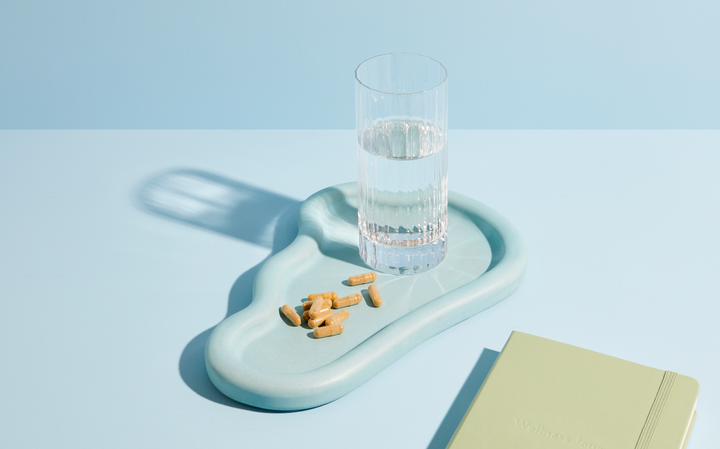
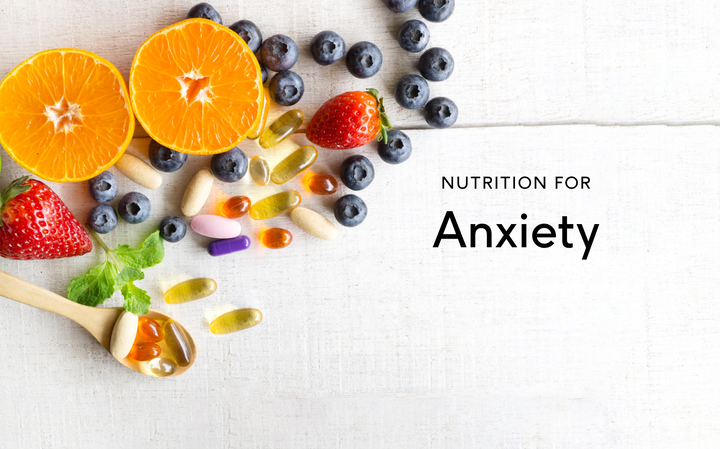
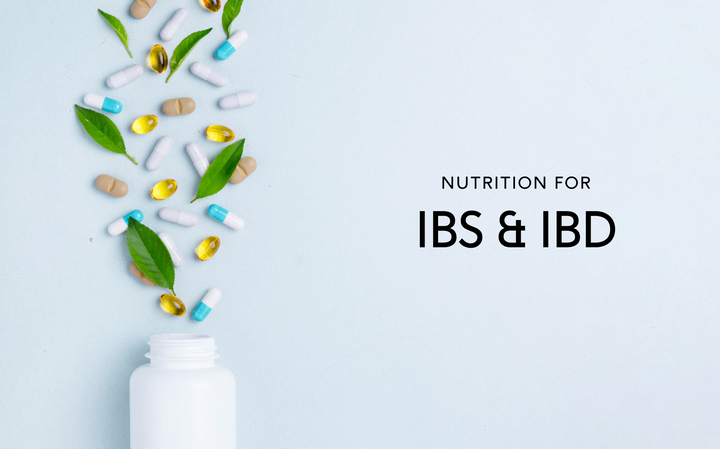




















































 Back
Back
